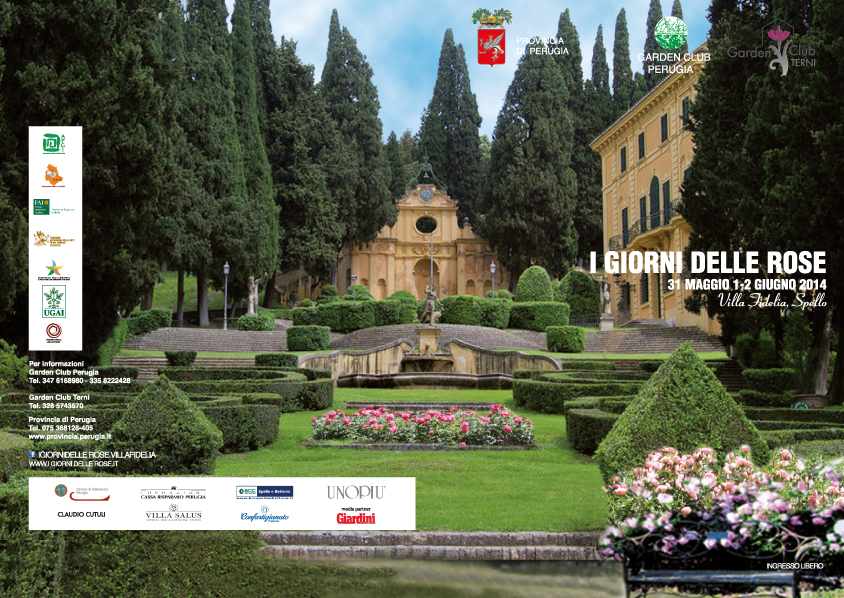

For my palate, all the wines worked with all those dishes, the whites as well as the reds. We drank them with papa al pomodoro from their native central Italy, then a southern-Italian accented fettucine with meat and tomato ragu, and finally with slices of pork filet over a bed of lentils and farro with mushroom sauce that, except for the farro, was scarcely Italian at all, simply contemporary international style cooking. Umbrian wines, as WMG members discovered at their lunch, match comfortably with all sorts of food – and that doesn’t mean just Italian food. They have developed together over the centuries to mesh seamlessly.

The importance of that rich cuisine is precisely its interaction with Umbrian wines. The Umbrian menu uses more game, has more truffles (three seasons out of the year!), and is famous throughout Italy for the quality of its sausages and salume – so much so that in Rome, pork butchers are called Norcerie, after Norcia, the town that is the Umbrian epicenter of salume and the site of an annual truffle fair. “Burnt meat and baby food” is the way food writer Fred Plotkin once described Tuscan cooking to me. Moreover – I speak as one whose dinner is always important to him – its cuisine is far more interesting and varied than Tuscany’s, despite the totally inflated reputation of Tuscan cooking in this country.
SPORTOLETTI VILLA FIDELIA ROSSO 2006 FULL
It’s less wild and rugged than Tuscany, more mellow and gentler, and it has its full share of castellated hills, artistic treasures (Assisi, for one), and classical and Etruscan antiquities (Perugia still boasts an Etruscan city gate). That’s a shame, because in many respects Umbria is the handsomer region. To tourists – wine tourists included – Umbria remains a territory far less known and travelled than Tuscany. His white Torre di Giano Vigna Il Pino and red Rubesco Riserva Vigna Monticchio are still the firm’s flagship wines, even though the line has expanded and the firm now also produces wine in the Sagrantino DOC and other parts of Umbria, as well in its home base of Torgiano. He also blazed the trail for single-vineyard wines, at a time when, for Italy, that was a daring novelty. Back in the ‘60s, his Rubesco won the first DOC for Umbria (Torgiano Rosso), only the fifth in all of Italy. Simply put, this is a terrific effort from the Sportoletti brothers and oenologist Riccardo Cotarella.To make clear why that was so, Chiara, the young CEO of the historic Lungarotti firm, presented WMG members with an assortment of Umbrian wines that embraced not just Lungarotti’s bottlings but examples from most of Umbria’s now numerous DOC zones – a very impressive lineup, in both variety and quality.Ĭhiara’s father, the near-legendary Giorgio Lungarotti, was the great pioneer of Umbrian wine. While it's hard to describe a wine retailing for over $50 as a good value, in today's market, the 2004 Villa Fidelia offers as good a relative value as readers are likely to find. A blend of Merlot, Cabernet Sauvignon and Cabernet Franc, it spends 12 months in small French oak barrels. Sportoletti's Villa Fidelia is one of the most compelling wines of Umbria. This understated wine is immensely appealing now, but it will be even better in another year or two. Medium in body, it reveals gorgeous inner sweetness in its layered personality, with plenty of sweet dark fruit and well-integrated oak.

The 2004 Villa Fidelia is an elegant, sexy wine. For more on Sportoletti readers may want to check out my article on Best Buys from Italy available on this site. Sportoletti's top wine, Villa Fidelia, is often outstanding as it is again this year. Consulting oenologist Riccardo Cotarella is responsible for winemaking. Brothers Ernesto and Remo Sportoletti run this small estate located in the hills outside Assisi and Spello.


 0 kommentar(er)
0 kommentar(er)
